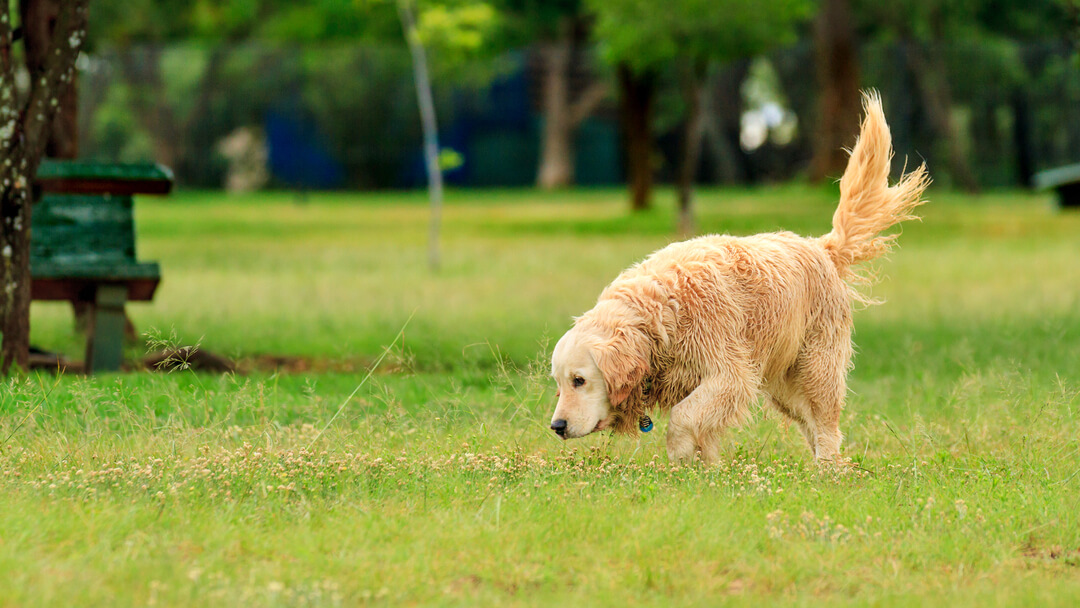
Do Dogs Always Wag Their Tails When Happy. If a dog is wagging its tail and the rest of its body seems relaxed or is moving along with the wagging you are probably dealing with a happy comfortable dog. Its used as part of their varied communication with one another and with humans. It would be best if you still observed though. Happy relaxed tail wagging is usually accompanied by a happy facial expression.

According to Live Science a 2007 study found that when dogs wag their tails to the right its a sign that theyve feeling positive emotions while wagging to the left indicates negative emotions. Puppies arent born wagging their tails as cute as that would be. The dog may still wag its tail but not as furiously as a happy dog would and its tails would be erect rather than relaxed. Despite these occasional destructive faux pas dogs tails are more than battering rams and wiggly appendages. Its commonly believed that dogs wag their tails to convey that they are happy and friendly but this isnt exactly true. In contrast an unhappy dog will be stiffer in its posture.
Sometimes it means a face full of fur for pet parents or a broken glass flung across the room by a swift swing.
Sometimes it means a face full of fur for pet parents or a broken glass flung across the room by a swift swing. Tail wagging is an instinctive behaviour that develops between 3 and 4 weeks of age depending on your dogs breed and is one of the primary communication methods to both other dogs and people. A happy dog has relaxedoften exuberantbody language and a smile but will not necessarily wag unless something other than happiness needs to be expressed. Its used as part of their varied communication with one another and with humans. Dogs do use their tails to communicate though a wagging tail. Tail wagging develops differently in different breeds but it usually begins around three to four weeks into life.